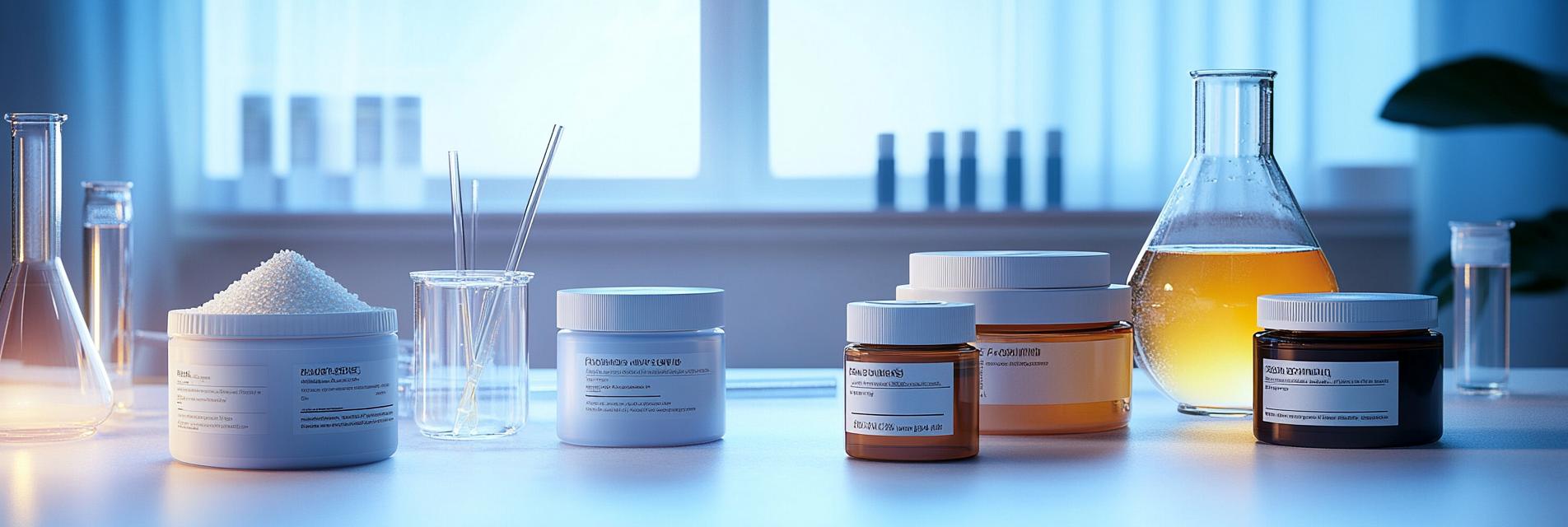As an expert in the field, I understand that choosing the right polyacrylamide can significantly impact your project's success. This guide is designed to provide insights into the various types of polyacrylamide and their specific applications.
Polyacrylamide comes in several forms, including anionic, cationic, and nonionic. Anionic polyacrylamides are typically utilized for applications that require high viscosity and effective flocculation. Conversely, cationic types are favored in wastewater treatment due to their ability to neutralize negative charges.
When selecting polyacrylamide, consider factors such as solution concentration, molecular weight, and the specific nature of your application. High molecular weight polyacrylamides often provide better performance in terms of flocculation.

According to recent market research, the global polyacrylamide market is expected to reach $6 billion by 2025, reflecting a growing demand for effective water treatment solutions. Understanding market trends will help in making informed decisions about the types of polyacrylamide that align with business goals.
In conclusion, the selection of the appropriate polyacrylamide type is crucial for optimizing performance in various applications. By considering the specific needs of your project and leveraging market insights, you can make a more informed decision for successful outcomes.
